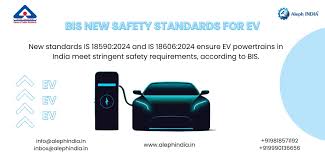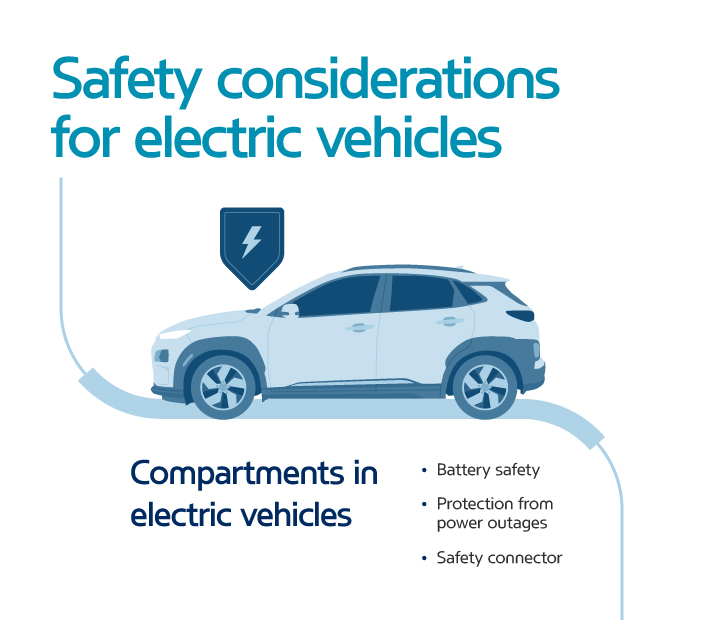Electric vehicle safety standards are crucial in ensuring that EVs provide a high level of protection for drivers, passengers, and pedestrians. These standards encompass a range of regulations, including rigorous crash testing to assess vehicle integrity in various collision scenarios. Battery safety is a key focus, with guidelines designed to prevent overheating, short circuits, and fires, which are particularly important given the unique nature of lithium-ion batteries.

Additionally, safety features like automatic emergency braking, lane-keeping assist, and advanced driver-assistance systems (ADAS) are often incorporated to enhance overall vehicle safety. Regulatory bodies, such as the National Highway Traffic Safety Administration (NHTSA) and the European New Car Assessment Programme (Euro NCAP), continuously update their protocols to address the evolving landscape of electric vehicles. By adhering to these safety standards, manufacturers not only protect consumers but also foster confidence in the transition to electric mobility, paving the way for broader adoption of environmentally friendly transportation solutions.
In addition to crash testing, electric vehicle safety standards focus heavily on battery safety. Lithium-ion batteries, which power most electric vehicles, present unique challenges that require stringent regulations. These batteries can be susceptible to overheating, short circuits, and, in rare cases, thermal runaway, which can lead to fires. To mitigate these risks, manufacturers must adhere to specific guidelines that govern battery design, installation, and management systems.
For instance, battery management systems (BMS) are essential in monitoring the state of charge, temperature, and overall health of the battery, ensuring that it operates within safe limits. Furthermore, crash tests specifically designed for battery safety evaluate how well the battery is protected during accidents. By establishing comprehensive electric vehicle safety standards, regulatory agencies ensure that manufacturers prioritize battery integrity and minimize the risks associated with battery failures.


















BWER delivers robust, precision-engineered weighbridges to businesses across Iraq, combining state-of-the-art technology with local expertise to support infrastructure and logistics growth.
BWER empowers businesses in Iraq with cutting-edge weighbridge systems, ensuring accurate load management, enhanced safety, and compliance with industry standards.